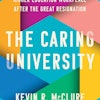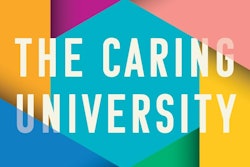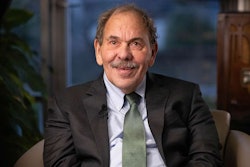NJIT Professor Honored for Breakthrough Stem Cell Research
NEWARK, N.J.
Dr. Treena Livingston Arinzeh was recognized recently by President Bush for research showing that adult stem cells could help patients suffering from spinal cord injuries, bone and cartilage damage and related diseases.
Arinzeh, assistant professor of biomedical engineering at the New Jersey Institute of Technology, received the 2003 Presidential Early Career Award for Scientists and Engineers (PECASE) during a ceremony at the White House.
The Presidential Award, established in 1996, is the highest national honor for young scientists and engineers. Eight federal departments and agencies annually nominate young scientists and engineers whose research shows great promise. Arinzeh was nominated for the award by the National Science Foundation, which funds her research.
“I’m very proud to receive this prestigious presidential award,” Arinzeh said. “The award shows that my research in stem-cell based regeneration has great potential and it is essential to the scientific education of students, both in college and in high school.”
Arinzeh, of Jersey City, was one of 20 out of 400 researchers who recently won an NSF Early Career Development Award — a $400,000 grant over five years — in April of 2003. Considered the NSF’s most prestigious award for new faculty members, the career award honors the nation’s best young scientific researchers.
Arinzeh is also developing new undergraduate and graduate curricula in the field of tissue engineering, and is doing community outreach to high schools in New Jersey and New York. Arinzeh hopes the training will help increase the number of minorities and women in the field of engineering.
Two years ago, Arinzeh published an influential paper in the Journal of Biomedical Materials Research that documented her breakthrough in stem cell research. The paper focused on developing scaffolds that aid stem cells. Scaffolds are biomaterials, such as calcium phosphates, that act as a framework for stem cells, allowing the cells to repair bone as the biomaterial degrades.
© Copyright 2005 by DiverseEducation.com


















